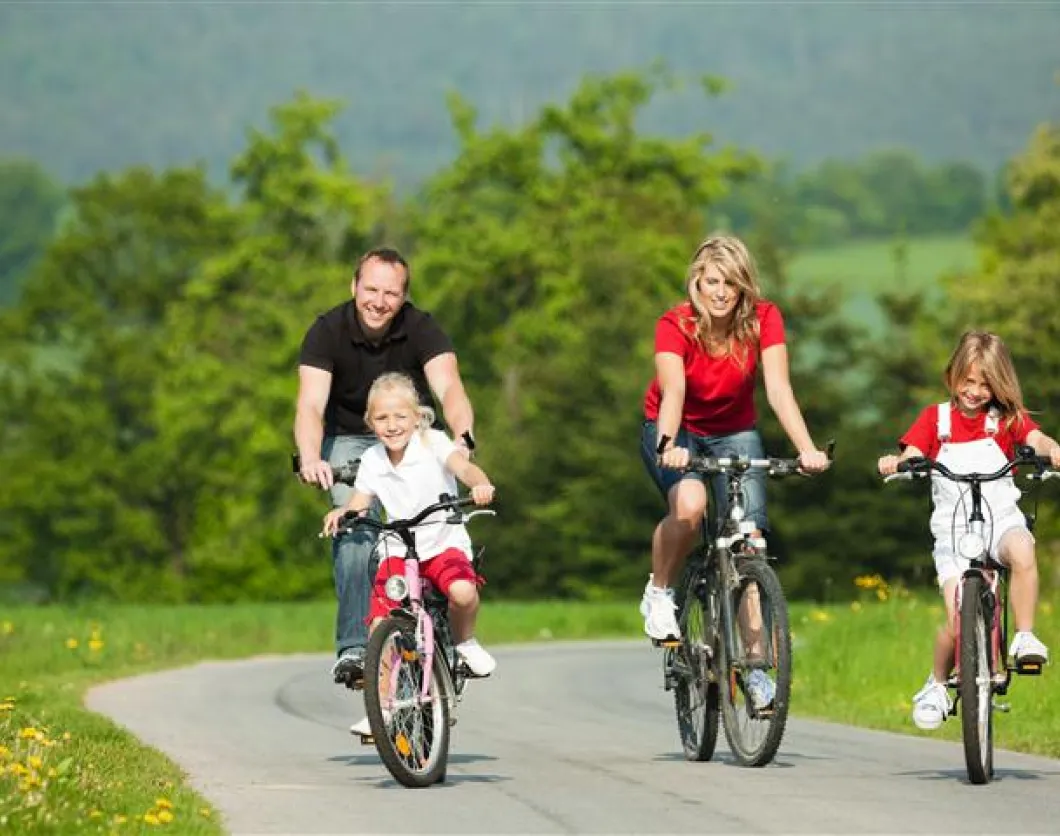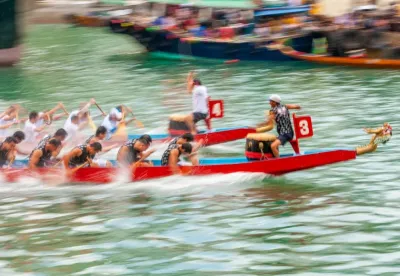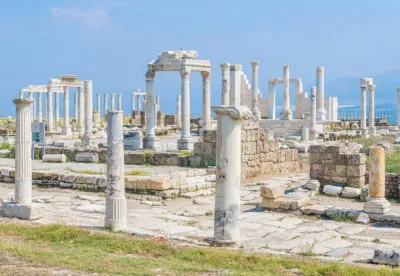The slow movement started in Italy in 1986 through the creation of the Slow Food organization, aiming to preserve gastronomic traditions and organic agriculture against the homogenisation of food worldwide.
The concept to regain time and the value traditions of quality and authenticity that are often neglected in today’s hectic societies was at the origin of other strands of the slow movement, such as Cittaslow and Slow Travel.
Cittaslow for a Better Quality of Life
Founded in 1999, the Cittaslow association seeks to improve the quality of life in the towns that become members. A prerequisite for towns wanting to join the association is not to exceed 50,000 inhabitants. Currently, about 100 towns worldwide are part of this group. They have committed to preserving local traditions, food, nature, agriculture and encourage a slower and happier way of life.
Authentic Travel Experience
Slow travel is another important derivative of the slow movement. It is founded on a way of travelling which is the opposite of “must see” trips, but favours staying for a longer time in one destination, taking it easy and getting to know more the local communities and traditions in more depth.
It enables travellers to enjoy a more authentic experience of living in a place, rather than just holidaying there. Slow travellers prefer to rent an apartment rather than staying in a hotel and enjoy activities such as shopping, walking, cycling, tasting local cuisine and attending cafés in their neighborhood which encourages interaction with local communities.
From Rural to City Tourism
So far slow travel has been associated with rural tourism and small towns. A typical example of slow travel in Europe is rural tourism including agriturismi in Italy or gîtes ruraux in France. In the U.S., slow travel is also mainly associated with rural tourism or with holidays in small towns or villages in Italy and France.
However, Euromonitor International predicts that the next step will be an increasing interest in cities by slow travellers. Slow travel is not only about the destination, but is primarily the desire to be better travellers regardless of whether it is a rural or urban destination. Freed from the shackles of “must see” trips and “must do” activities, slow travellers are able to achieve this goal.
Slow Travel City Destinations
Cities that preserve their traditions and offer tourists the opportunity to enjoy local experiences and interact with the community are particularly suitable for “slow city tourism”. For example European cities such as Rome and Barcelona have a lot to offer to slow travellers in terms of local traditions, culture, cuisine and events.
Slow travellers to these cities typically rent a holiday apartment for at least one week, or alternatively stay in a bed and breakfast. Their main interest is not visiting the most famous tourist attractions, but rather exploring the neighborhood, street markets, popular restaurants, and areas of the city outside the usual tourist paths. They engage in closer contact with local communities in order to understand more about the local way of living and outlook.
To attract slow travellers to cities, tourism authorities should promote their traditions, history, and way of life and cuisine in order to stress the unique attributes of the local culture to enrich the traveller’s experience.
By Angelo Rossini (Euromonitor International’s Research Analyst)









